Sometimes I think, “Wouldn’t it be great to change the way things are?” Well, yes it would, aside from the huge responsibility were it possible. It isn’t possible, of course – and just as well. But we can change ourselves and how we interact with the world. In fact, the only way we can really change things is by changing what we ourselves do.
One can always find lists of ways to bring about change. There are so many good ideas and suggestions that speak to the heart. One such list can be found at Daily Good.
For example, here are some of the things I have done to “be the change”:
I did not grow up in an outdoorsy family – we never went on hikes nor went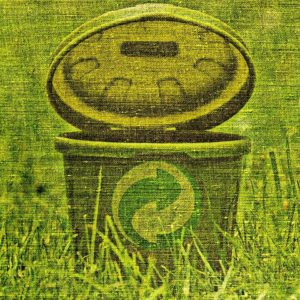 camping – but we did go to the coast often. I loved the ocean, especially watching the storms. Also, I grew up in the era of Smoky the Bear and the anti-littering campaigns. Sometime in the early nineties, I became more conscious of my concern for the environment and the natural world. In October of 1993, The Oregonian wrote an article about a new environmental group founded here in Portland, the Northwest Earth Institute (NWEI). They offered a discussion course entitled Deep Ecology. The process was to read a chapter a week, then gather with 8-12 people to discuss the material. Wow! For me, it was an amazing experience to not only learn the information in the readings, but to engage in deep discussions with other folks who cared about the Earth. I was hooked.
camping – but we did go to the coast often. I loved the ocean, especially watching the storms. Also, I grew up in the era of Smoky the Bear and the anti-littering campaigns. Sometime in the early nineties, I became more conscious of my concern for the environment and the natural world. In October of 1993, The Oregonian wrote an article about a new environmental group founded here in Portland, the Northwest Earth Institute (NWEI). They offered a discussion course entitled Deep Ecology. The process was to read a chapter a week, then gather with 8-12 people to discuss the material. Wow! For me, it was an amazing experience to not only learn the information in the readings, but to engage in deep discussions with other folks who cared about the Earth. I was hooked.
NWEI now has 10 discussion courses, most of which I have worked on as part of the curriculum committee. With each course, I have discovered different ways to help the Earth. This greater understanding of the interconnection of the environment, simplicity and sustainability is what helped me change myself. In one of the very early courses, I learned that everything – everything – comes from the planet. That is so obvious, but I hadn’t stopped to think about it. And where does it go? Most of it ends up in a landfill. Then we extract more resources to make more things, in a never-ending cycle.
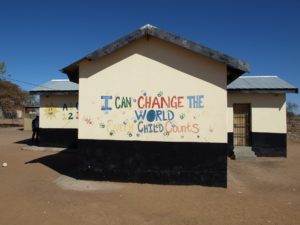 When I really wrapped my mind around the idea of sustainability, I decided to start reducing our waste. Thank goodness my husband had also taken the NWEI courses and was on board with making these changes. The first thing we did was to stop using paper napkins and paper towels (although I do have paper towels on hand; a roll can last 2-3 years). Next, we started shopping in the bulk section of the grocery store to avoid packaging and food waste. Then we consciously began to use only durable goods instead of disposables. When we did make a purchase, we tried to choose items in recyclable packaging, rather than packaging that had to be tossed. The fourth step was composting vegetable scraps, etc. in our backyard.
When I really wrapped my mind around the idea of sustainability, I decided to start reducing our waste. Thank goodness my husband had also taken the NWEI courses and was on board with making these changes. The first thing we did was to stop using paper napkins and paper towels (although I do have paper towels on hand; a roll can last 2-3 years). Next, we started shopping in the bulk section of the grocery store to avoid packaging and food waste. Then we consciously began to use only durable goods instead of disposables. When we did make a purchase, we tried to choose items in recyclable packaging, rather than packaging that had to be tossed. The fourth step was composting vegetable scraps, etc. in our backyard.
Eventually, we noticed that we were not filling our garbage can weekly, so we switched to monthly service. As we worked on finding more ways to avoid waste, we changed to on-call service, which meant that the garbage company came two to three times a year. In 2006, we filled just one can of garbage per year. We could do this in part because we are fortunate to live in a place like Portland with so many reuse, repurposing and recycling options.
Do you wonder, “So what is the big deal about reducing garbage/ trash/waste?” Well, picture this: According to the EPA, for every can of garbage placed at the curb, the equivalent of 70 cans of waste are created during the manufacture and transportation of the goods we throw away. Think of the climate impact of all that waste. The 2009 report, “Opportunities to Reduce Greenhouse Gas Emissions through Materials and Land Management Practices”, shows that approximately 42 percent of U.S. greenhouse gas emissions are associated with the energy used to produce, process, transport, and dispose of the food we eat and the goods we use. This includes the extraction or harvest of materials and food, production and transport of goods, provision of services, reuse of materials, recycling, composting, and disposal. More on this at EPA Climate Change.
By simply and consciously changing our habits and reducing our waste over time, we have lessened our climate impact. The last time we had our garbage picked up, we had gone 19 months since the last pick-up. That means that we have produced only ten, 32-gallon cans of garbage in 11 years. Cool, huh! And none of these changes were burdensome. We just slowly but surely made changes in a creative game to figure out ways to avoid waste. Besides continuing to avoid solid waste, we also have reduced our consumption of water, energy, fuel, and other resources.
One day, a woman I knew asked if I would talk about our practices to her sustainability group. That planted the seed for my decision to offer a class for people who wanted to learn more, not only about how to reduce waste, but why this is so important. The class is titled “Less is More: Getting to One Can of Garbage a Year”. Let me say that offering the class was another big change for me. I have always been an introvert. My knees shook if I had to speak in front of the class when I was in school. Well, my desire to share our practices with others outweighed my hesitation. Now we offer our classes, so others can learn how they can lessen their impact, too.
Another important point: often we are role models to our circles of friends and acquaintances. Don’t hide your efforts. Share them with people so you can inspire them.
For many years, Joanna Macy offered workshops at the NWEI gatherings. Joanna is an environmental activist, author, scholar of Buddhism, general systems theory, and deep ecology. She has developed simple exercises for people to reflect on their place and purpose in the world. One such exercise is to write a letter to a member of a future generation explaining what you did to make the world a better place. When I participated, we were told to tell the future being what we did to help the environment. Putting your thoughts on paper makes them more real, and makes you more conscious of the power of your actions and the consequences of your inactions.
Each one of us can make choices and changes for good. I hope you will find your own ways to “be the change”.
Betty Shelley, and her husband, Jon, have filled only one 35-gallon can of garbage per year since 2006. In her three-session class, “Less is More: Getting to One Can of Garbage a Year”, Betty Shelley teaches her techniques for reducing waste.
For more info: ReduceYourWasteProject.com

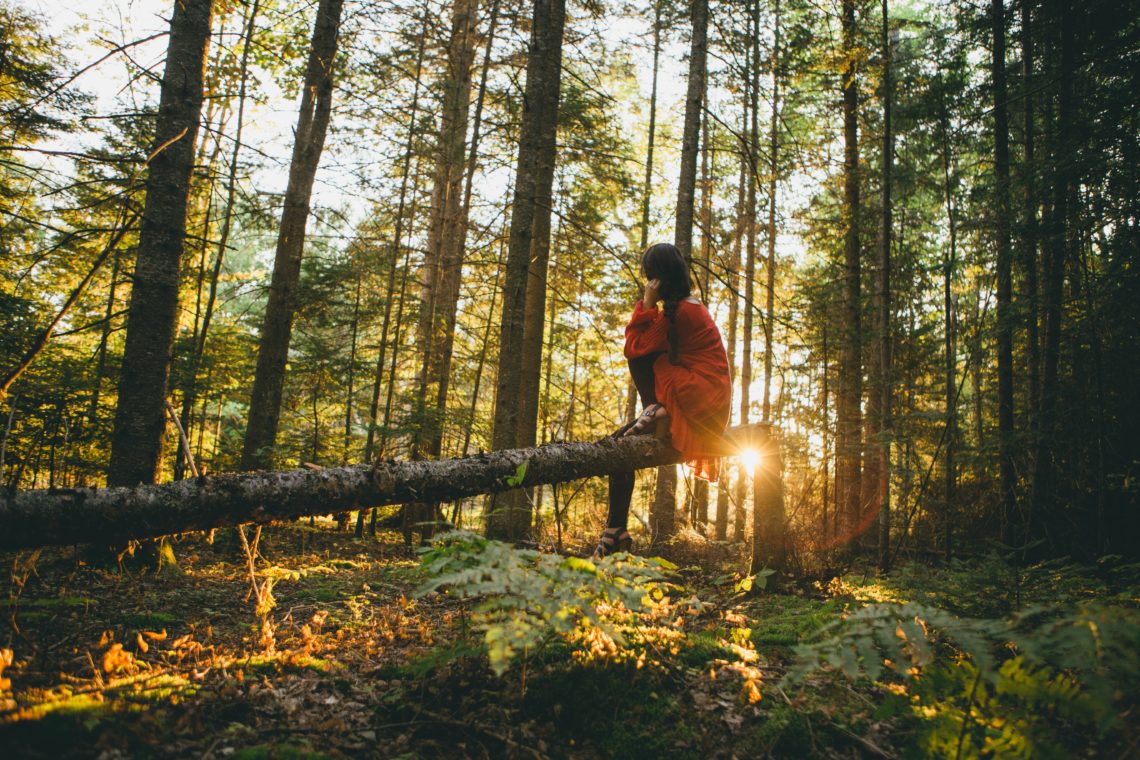


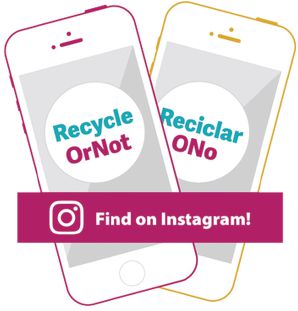
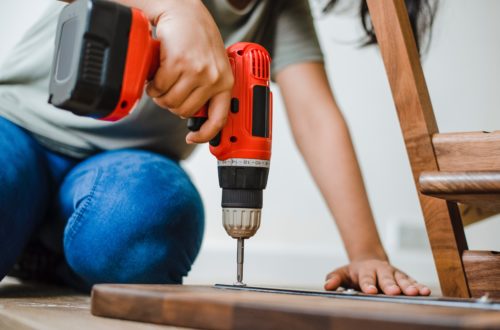
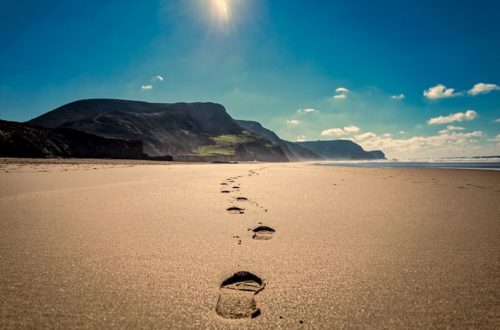
One Comment
Ubai
Making small but incremental changes is the way to go towards sustainability. The steps you took are perfect models for someone looking to start being less wasteful but not knowing where to start.
Thanks!